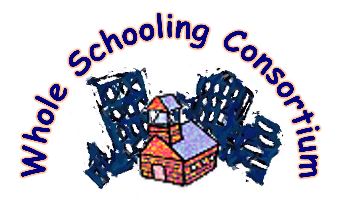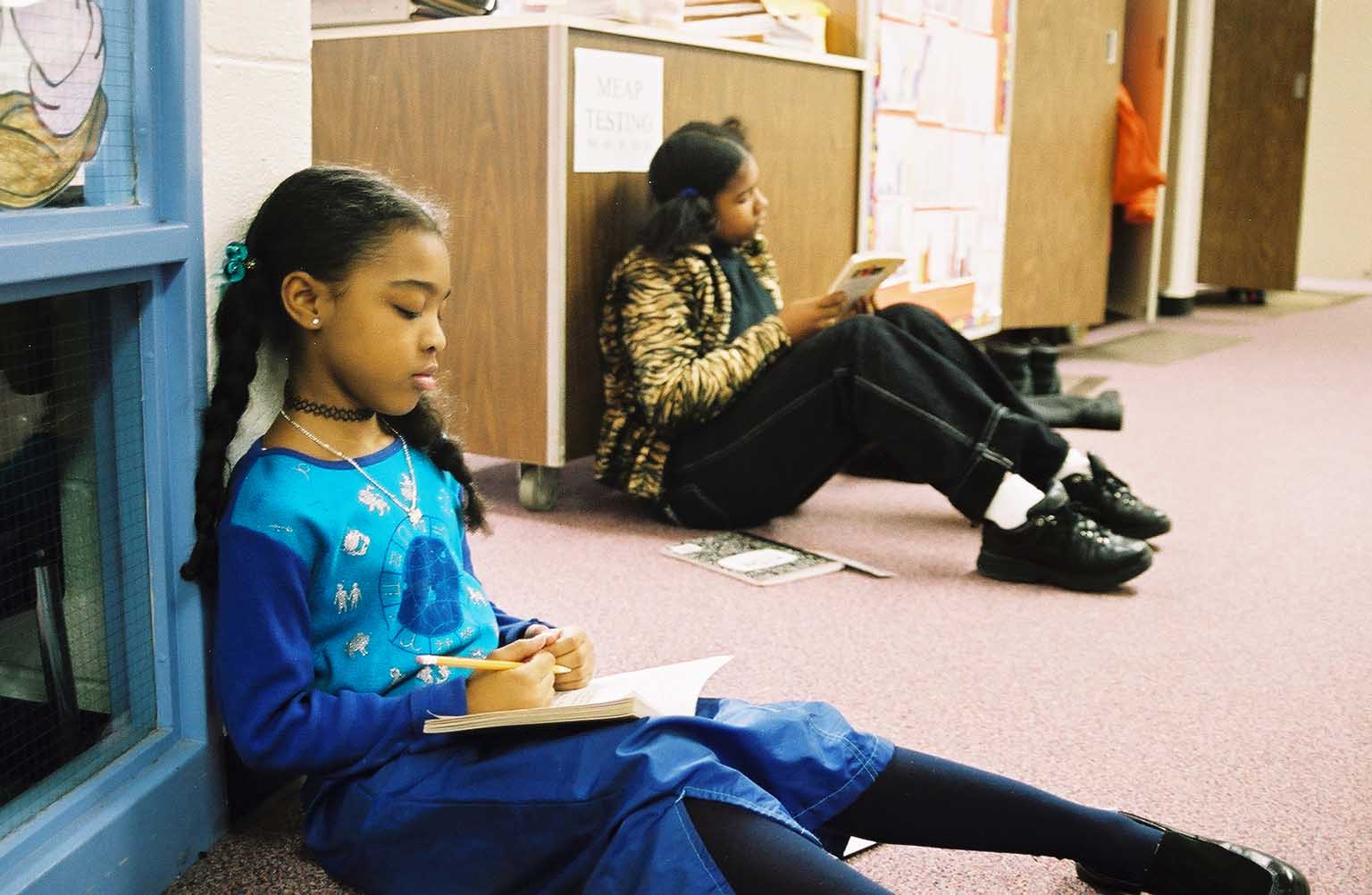
Good teaching starts at the beginning of the year – organizing the space of the classroom in ways that can support effective teaching practice and learning for all students. The teacher creates space that encourage children to work together, has places to be alone, and provides materials for all to use in an efficient manner. Links.
 Good teaching
starts where every teachers starts at the beginning of the year – organizing
the space of the classroom in ways that can support learning for all students.
In classes designed for personal excellence and citizenship, teachers pay attention
to the learning styles and needs of individual students, special needs for
learning support, and interests of students. They arrange the materials, furniture
and use of space accordingly. Deep learning is always a social as well as individual
process. Teachers organize the classroom to facilitate ongoing group work,
dialogue and social interaction as part of the learning, providing places where
pairs and small groups may work, where the class comes together as a whole,
and where students may work individually. Since space is limited, teachers
use space for multiple purposes, teaching students how to share space and take
responsibility for the classroom environment. Finally, teachers promote student
ownership for the classroom through display of student work, having students
organize and label books and materials, and having input into the arrangement
of the class. Teachers use the range of learning styles, disabilities, gifts
of students as an opportunity to carefully analyze and make changes in the
layout of the class and materials to maximize student growth for personal excellence
and citizenship.
Good teaching
starts where every teachers starts at the beginning of the year – organizing
the space of the classroom in ways that can support learning for all students.
In classes designed for personal excellence and citizenship, teachers pay attention
to the learning styles and needs of individual students, special needs for
learning support, and interests of students. They arrange the materials, furniture
and use of space accordingly. Deep learning is always a social as well as individual
process. Teachers organize the classroom to facilitate ongoing group work,
dialogue and social interaction as part of the learning, providing places where
pairs and small groups may work, where the class comes together as a whole,
and where students may work individually. Since space is limited, teachers
use space for multiple purposes, teaching students how to share space and take
responsibility for the classroom environment. Finally, teachers promote student
ownership for the classroom through display of student work, having students
organize and label books and materials, and having input into the arrangement
of the class. Teachers use the range of learning styles, disabilities, gifts
of students as an opportunity to carefully analyze and make changes in the
layout of the class and materials to maximize student growth for personal excellence
and citizenship.
Selected references
Bishop, K. (September, 2000). Designing learning environments for all children: Variety and richness. http://www.ebility.com/articles/play.php
Bransford, J., Brown, A., & Cocking, R. (1999). The Design of Learning Environments. . In J. Bransford, A. Brown & R. Cocking (Eds.), How People Learn: Brain, Mind, Experience, and School. Washington, D.C.: National Academy of the Sciences.
Sturt, G. (2000). Learning Environments and Classroom design.